Member Credit: schmellyfart
I was reading one of Nissan’s technical documents on the HR engine and its improvements HERE when I came across this:
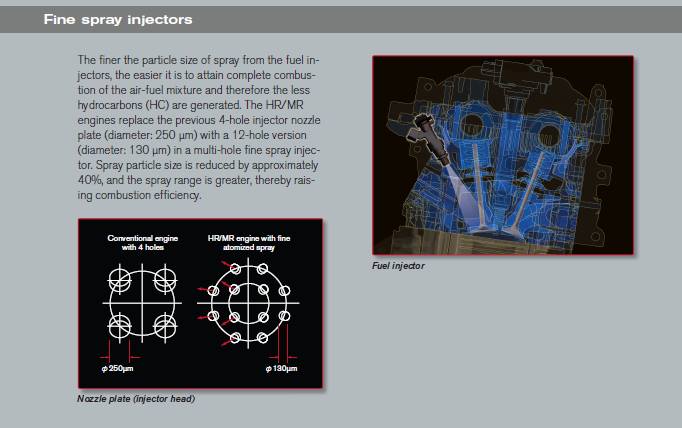
Which then had me wondering if these improved injectors flowed less fuel in FWD applications compared to RWD applications as they did with the First generation VQ35DE. In addition to the flow rate, I was also interested in seeing how the injector spray patterns compared with the different hole configurations.
I had an ASNU Classic Injector Flow Bench at my disposal at school, so I finally took advantage of it, and cleaned & flow tested a handful of injectors to say the least.
Injectors tested:
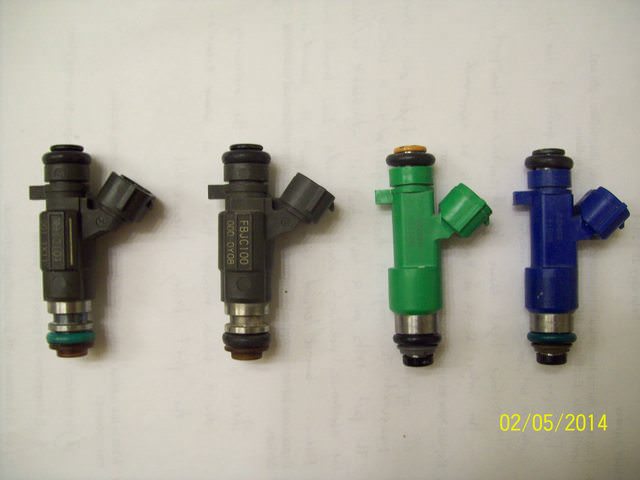
- 21 FBJC100 [VQ30DE-K] 5th Gen Maxima
- 7 FBJC101 [1st Gen FWD VQ35DE] 5.5 Gen Maxima
- 12 Green Denso [2nd Gen FWD VQ35DE] 7th Gen Maxima
- 6 Green Denso [VQ35HR] 350z
- 6 Blue Denso [VR38DETT] GT-R
Test Procedure:
- Each Injector was run on a 10 minute automatic cleaning cycle before testing
- A test run was then done to set fuel pressure at 3 bar while the injector is spraying
- Each injector was tested three times and its results averaged
- Each injector test was run for 20 seconds with the exception of the Blue Densos, which were run for 10 seconds
I wasn’t able to take clear pictures of the holes in the injector nozzle plate. So this description will have to do.
FBJC100 – 4 hole
FBJC101 – 18 hole
Green Denso – 12 hole
Blue Denso – 12 hole
Results
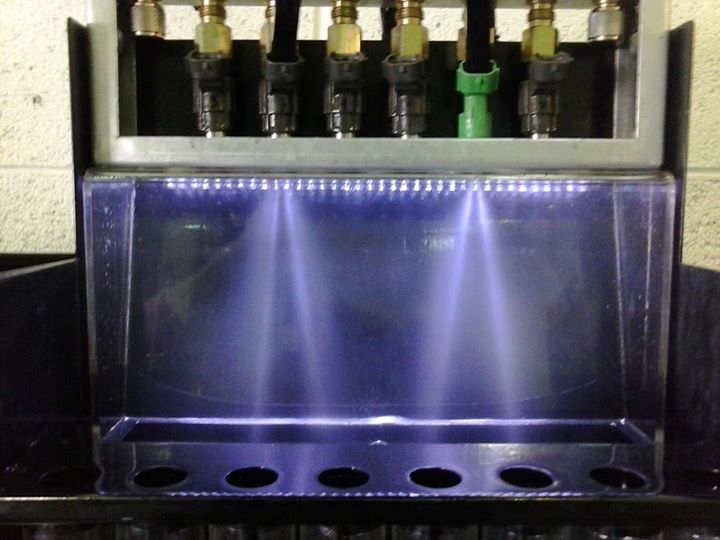
FBJC100 left, Green Denso right
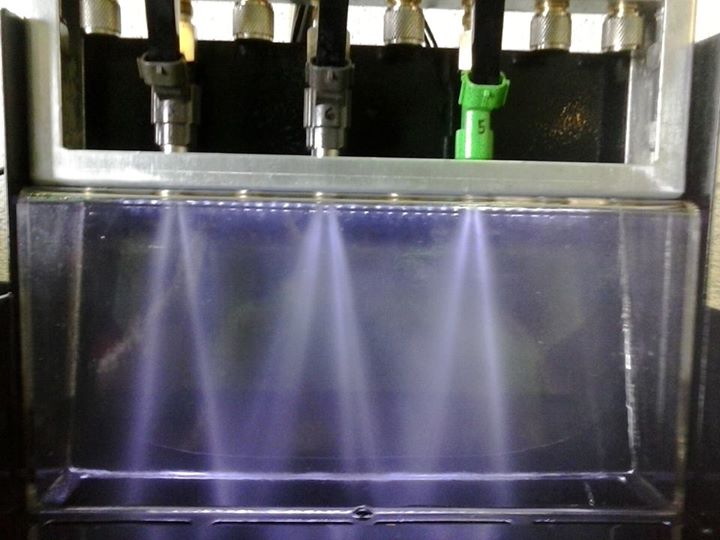
FBJC100 left, FBJC100 middle, Green Denso right
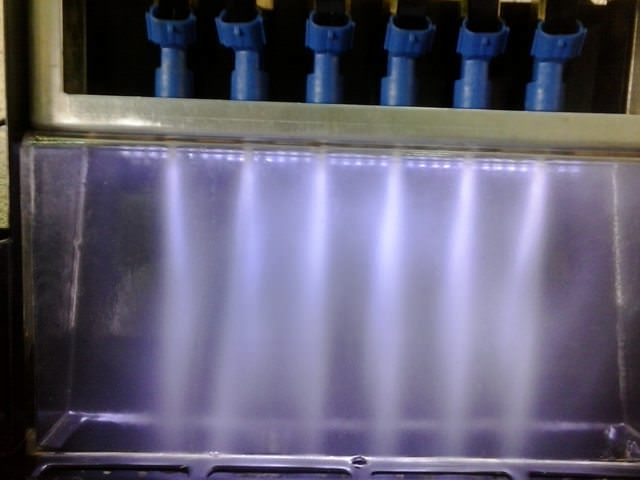
Blue Denso
I also recorded videos of pulse testing as well.
Static Flow Test Results at 3 bar:
FBJC100 – 306 cc/min
FBJC101 – 294.25 cc/min
Green Denso – 309.25 cc/min
Blue Denso – 546 cc/min
To sum it up, the Green Densos in the newer VQ35HR and HR styled 09+ VQ35DE have the same flow rate. At that, they only flow a tiny bit more fuel than the FBJC100, but have better atomization. The Green Denso injectors are also lighter in weight than the FBJC100 at 0.070lb each for the Green Denso, and 0.098lb each for the FBJC100.
![]()







